Cat flaps are great because you don’t have to worry about letting your cat in or out at inconvenient times and with things like the microchip cat flaps available today they can be personalised for your cat.
Cat flaps are an optional but often necessary accessory. If you are going to have a cat with free access to the outside then you probably want a cat flap, or you risk facing the prospect of being a perpetual doorman.
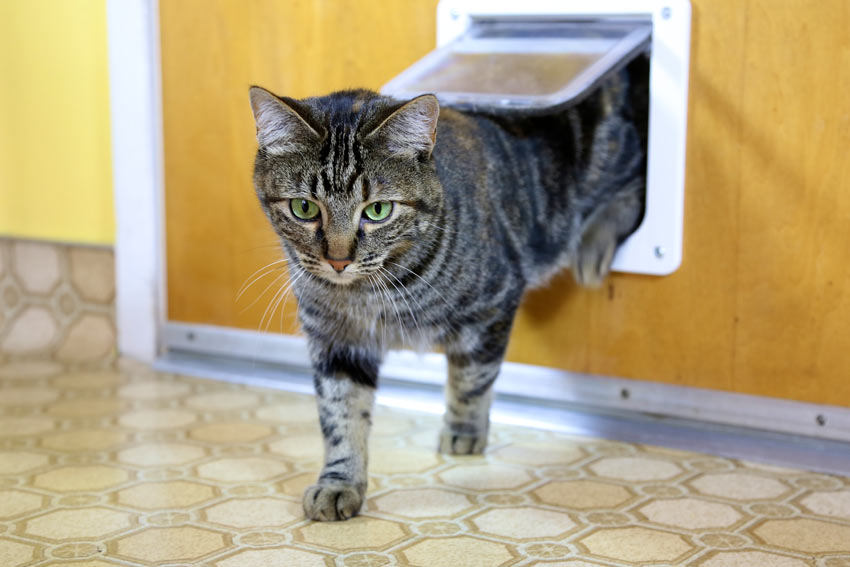
A curious tabby cat using her cat flap
Different Types Of Cat Flaps
Cat flaps come in many sizes with a huge range of technical gadgetry. Below we will go through the features of four types of cat flaps and their pros and cons.
2 Way Manual
4 Way Manual
4 Way Magnetic
4 Way Infrared/Microchip
Your bog standard cat flap. The flap works both ways allowing your cat to come and go as he pleases. You can lock the flap to prevent entry or exit of the house. The main positive with these is that they are simple and tend to work well.
The main drawback with this is that it is non-discriminatory meaning any cat/animal can come through and enter your home.
The same as the two way, except there are more locking options. You can choose to have it open, closed, exit only, or entrance only. The main benefit here is having the different access options.
The main drawback is the same as the two way manual in that it is non-discriminatory. Any cat/animal can come through and enter your home.
The same as the four way manual except your cat must wear a magnetic collar tag to allow use of the cat flap. The main benefits here are the different access options plus the lack of access to stray cats.
The main drawbacks here are that neighbour’s cats with the same magnetic collar will have access and sometimes the locking mechanism is unreliable.
The same as other four way flaps except the locking mechanism reads your cat’s microchip or infrared sensor on collar. The flap only allows access if the cat’s microchip or individual infra red collar tag is registered to that flap.
The main benefits here are that only your cat(s) will be allowed through the flap and the different access options.
The main drawback is that the locking mechanism can be unreliable.
Where To Put A Cat Flap
Cat flaps can be fitted into a wide variety of materials and thicknesses. Some people fit them to windows and walls, but they are most commonly fitted to doors.
You can fit a cat flap to allow your cat access to your home or you can fit them to things like garden sheds. This way your cat has somewhere warm and dry to go if they are put out at night.
Some homes do not need a cat flap so decide what is best for you and your cat.
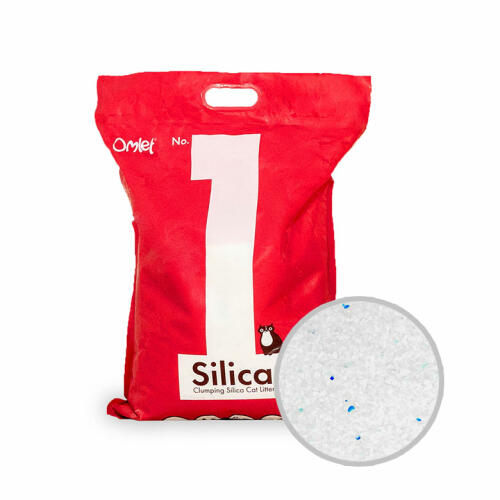
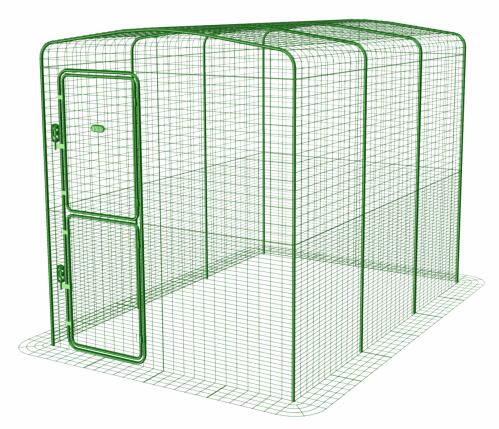
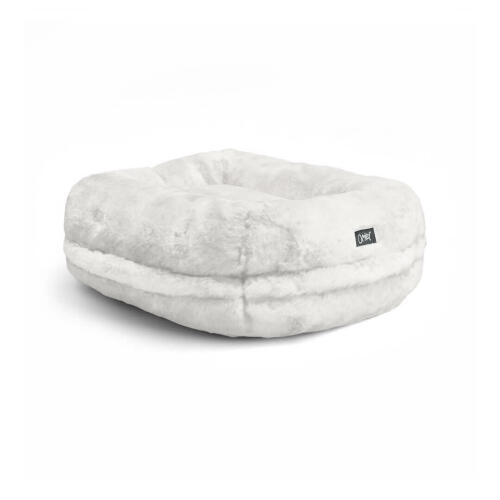
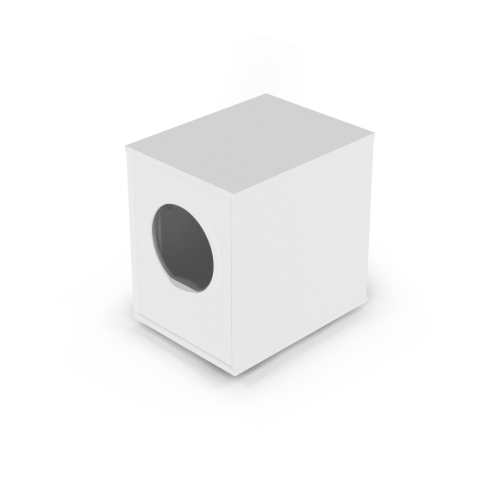
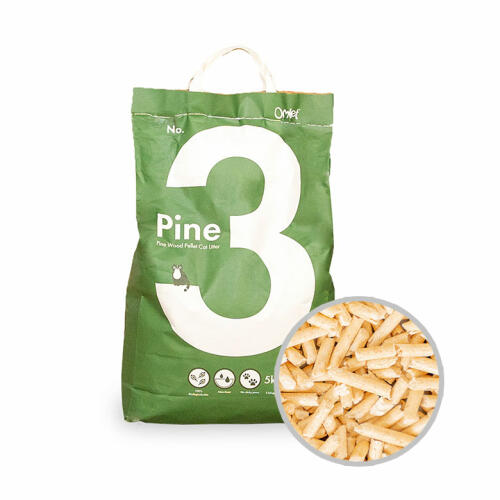
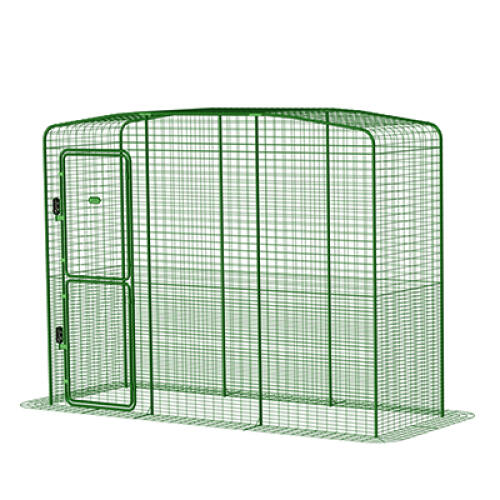
Comments
There are no comments just yet